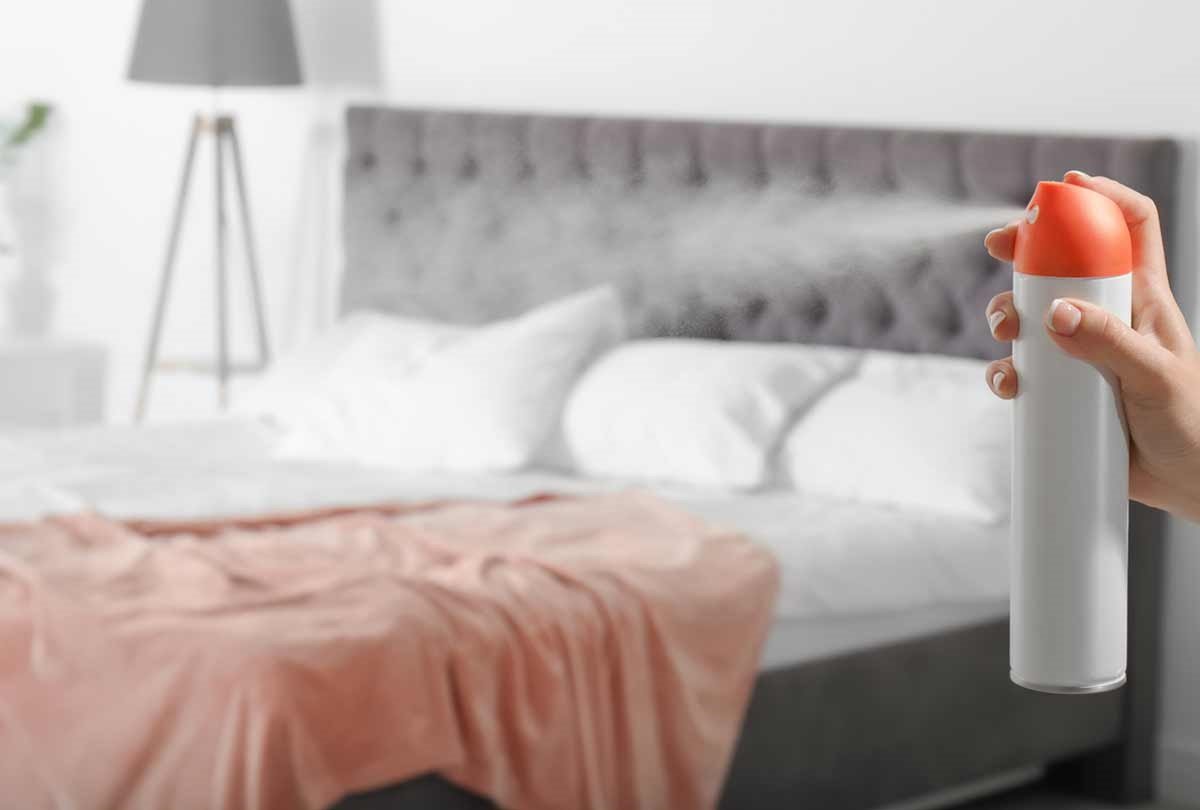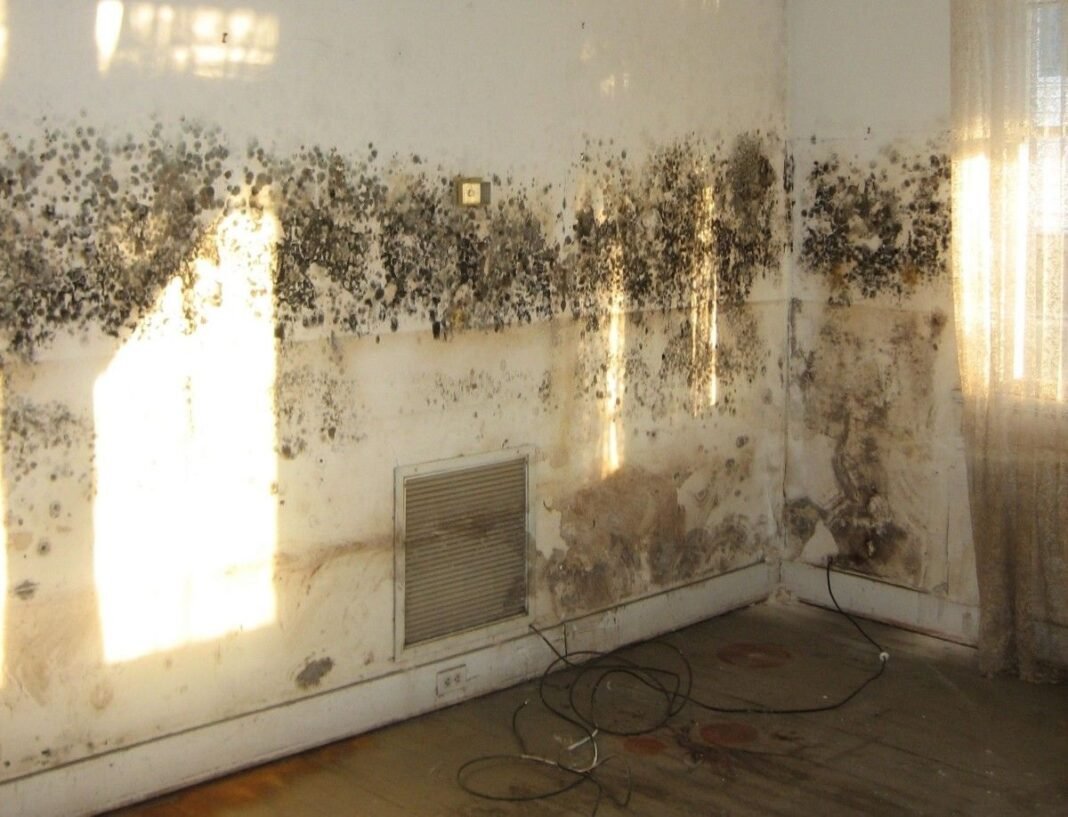Identify Mold Growth in Air Ducts
Mold can grow in air ducts when moisture builds up. This happens because air ducts are often dark and damp, which is a perfect environment for mold to thrive. Mold can spread quickly through the air ducts and affect the air quality in your home. If you notice a musty smell when your heating or cooling system is running, it may be a sign that mold is growing in the ducts.
Mold can also cause health problems such as coughing, sneezing, or breathing issues. It is important to check your air ducts daily for signs of mold to keep the air in your home clean and safe.
Signs Of Mold In HVAC Systems
Mold in your HVAC system can cause various issues. One of the main signs is a strong, musty odor coming from the vents when the system is running. Another sign is visible mold around the air ducts or vents. You may notice allergy-like symptoms in you or your family. These include coughing, sneezing, and irritated eyes when the HVAC system is on.
If your home feels more humid than usual, it could be due to mold growth in the system. Recognizing these signs early can help you address the issue before it worsens and affects your health.
Professional Mold Inspection For Ducts
If you suspect mold in your air ducts, a professional mold inspection is important. Experts can examine your system to confirm if mold is present. During the inspection, professionals may use tools to measure moisture levels and look for signs of mold. They may also take air samples to check for mold spores in the air.
If you live in Maine and need help, there are professionals who offer mold testing Maine services. They provide detailed reports on the extent of mold in your HVAC system. Getting a professional inspection ensures that the problem is identified and can be treated correctly.
Importance Of Air Duct Cleaning
Regular air duct cleaning is essential for keeping your home’s air clean and safe. Over time, dust, dirt, and mold can accumulate inside the ducts, affecting the air that flows through your HVAC system. If the ducts aren’t cleaned, mold can continue to grow and spread throughout your home. This can lead to health problems for your family and cause unpleasant odors in your home.
Cleaning the air ducts helps remove mold and prevents it from coming back. Clean air ducts also help your HVAC system work more efficiently, reducing energy use and extending the system’s life.
Using Chlorine Dioxide For Mold Removal
Chlorine dioxide is a powerful cleaning agent that is effective in removing mold from air ducts. When applied properly, chlorine dioxide can kill mold and prevent it from growing back. It works by breaking down the mold cells and neutralizing them.
Chlorine dioxide can reach deep into the ducts and get rid of mold that regular cleaning products might miss. It is also effective at removing the musty smell caused by mold. Chlorine dioxide can clean your air ducts and kill mold. It will leave your home smelling fresh and clean.
Steps To Clean Mold From Ducts
Cleaning mold from air ducts requires a careful process. First, the HVAC system is turned off to prevent mold spores from spreading during the cleaning. Next, the ducts are inspected, and any visible mold is removed using specialized brushes or vacuums. Professionals apply cleaning solutions, such as chlorine dioxide, to remove any remaining spores.
The entire system, including vents and filters, is cleaned to ensure no mold is left behind. After cleaning, the ducts are dried to remove moisture that could lead to future mold growth. Experts in mold removal Maine often follow these steps to ensure the ducts are thoroughly cleaned.
Preventing Future Mold Growth In Ducts
Preventing mold in your air ducts starts with controlling moisture. Make sure there are no leaks in your HVAC system, and keep the air ducts dry. You can also use dehumidifiers to reduce the humidity in your home, which helps prevent mold from growing. Regular HVAC maintenance and cleaning can also stop mold before it becomes a big problem.
Changing air filters on time can improve airflow and reduce dust buildup. By keeping the ducts dry and well-maintained, you can prevent mold from growing in the future and avoid the hassle of cleaning it again.
Improving Air Quality After Mold Removal
After removing mold from air ducts, improving air quality is a priority. Mold can leave behind spores and particles that continue to affect the air even after cleaning. To ensure clean air, it’s a good idea to change air filters daily and run air purifiers to remove any lingering spores.
Ventilating your home by opening windows and doors can help circulate fresh air. You can hire professionals for mold remediation Maineservices. They often recommend regular HVAC maintenance to maintain air quality. Keeping the air ducts clean and using purifiers helps keep the air in your home fresh and healthy.

Long-Term Maintenance For Clean Ducts
Keeping air ducts clean over time is important for the health of your home. To maintain clean ducts, you should get regular checkups. This means having a professional come and inspect your air ducts at least once a year. They can see if there is dust, mold, or dirt building up. If they find any problems, they can clean the ducts to stop bad things from spreading in the air.
Another way to keep your ducts clean is to change your air filters daily. Air filters catch dust and dirt before they get into the ducts. When the filters are full, they can’t do their job, so changing them every few months is a good idea.
In the long run, keeping your ducts clean helps improve the air in your home and makes your heating and cooling systems work better. Regular maintenance keeps the air healthy and helps your home stay safe and comfortable.
Read More: How Cigarette Smoke Can Be Removed From The Car Interior?




